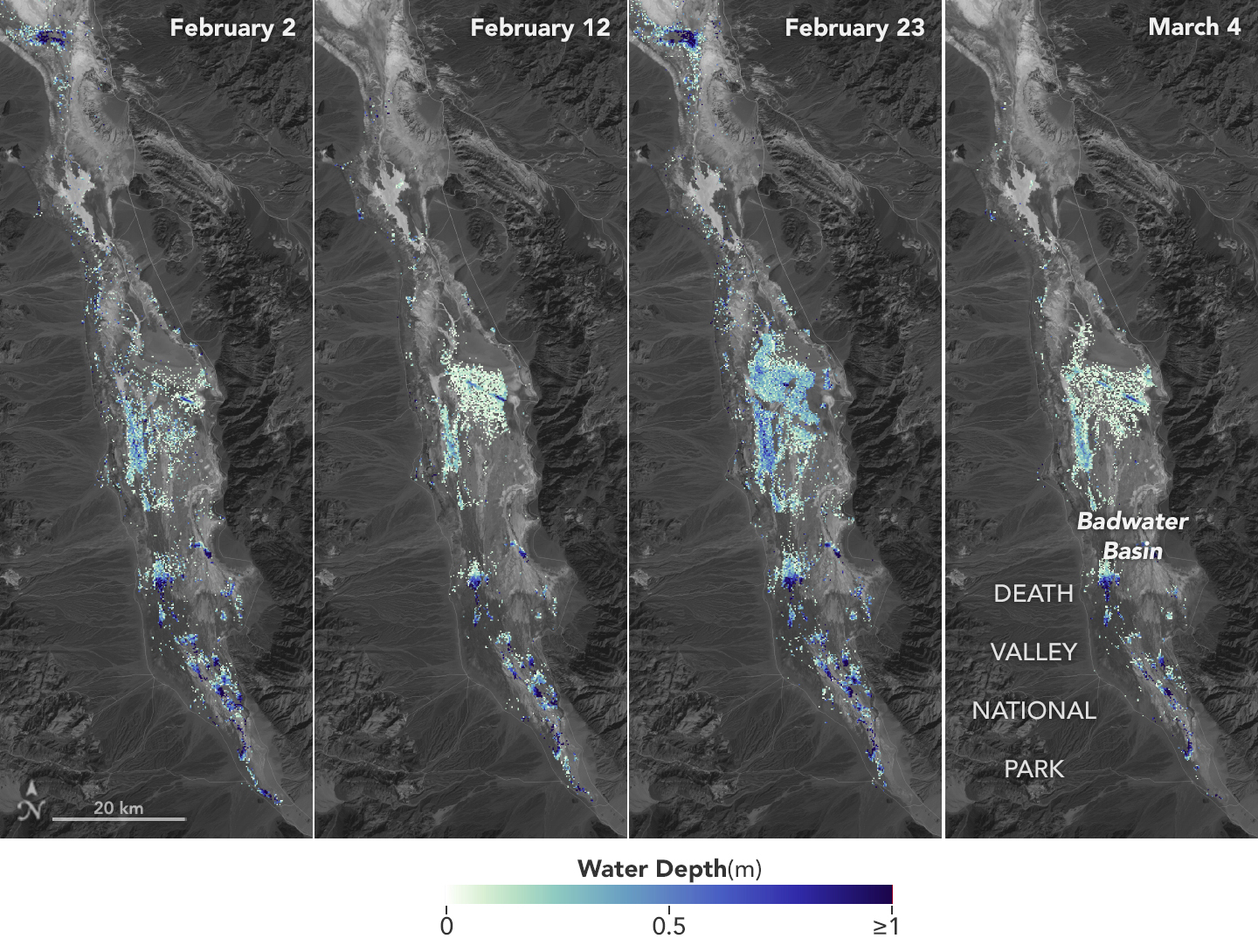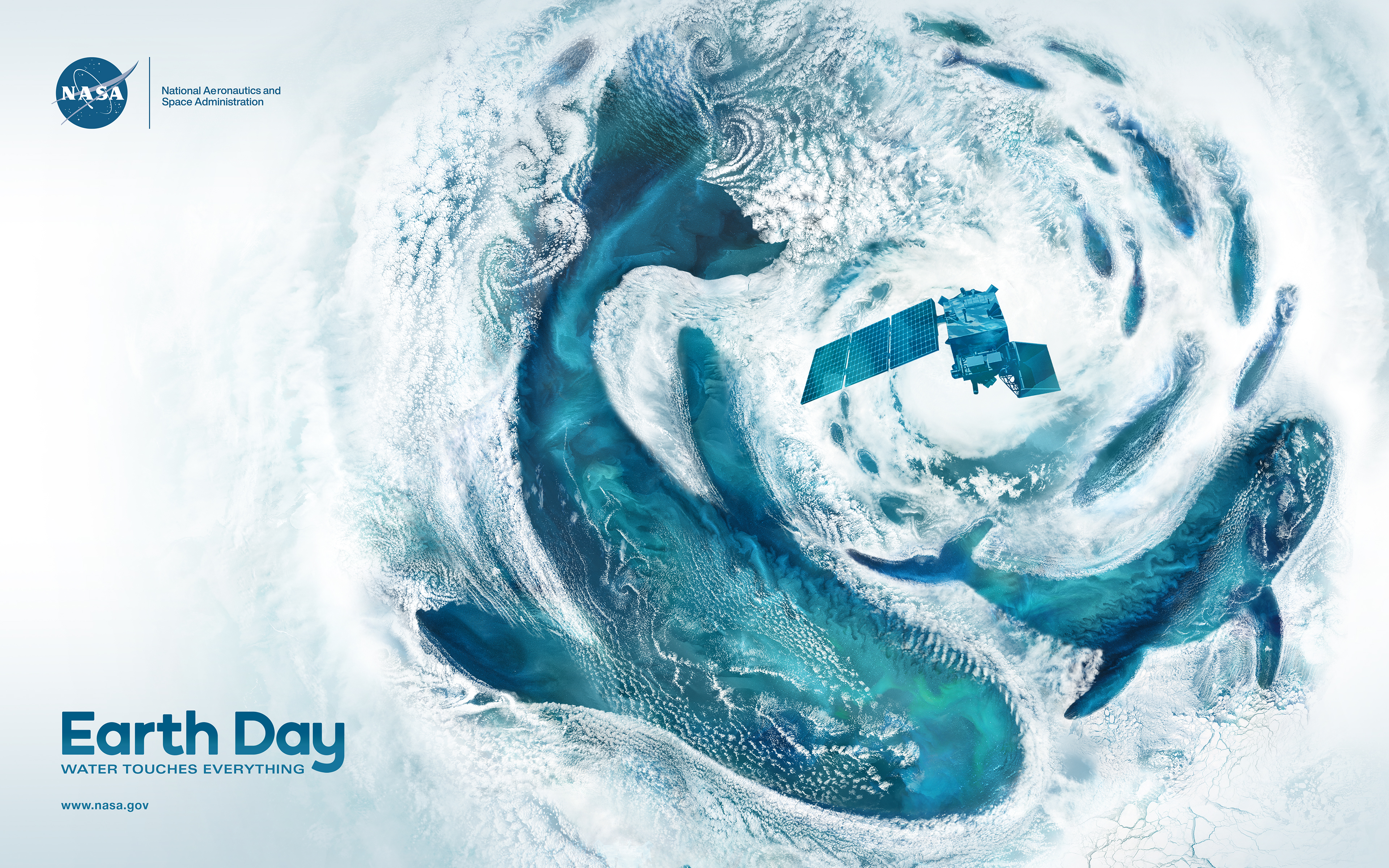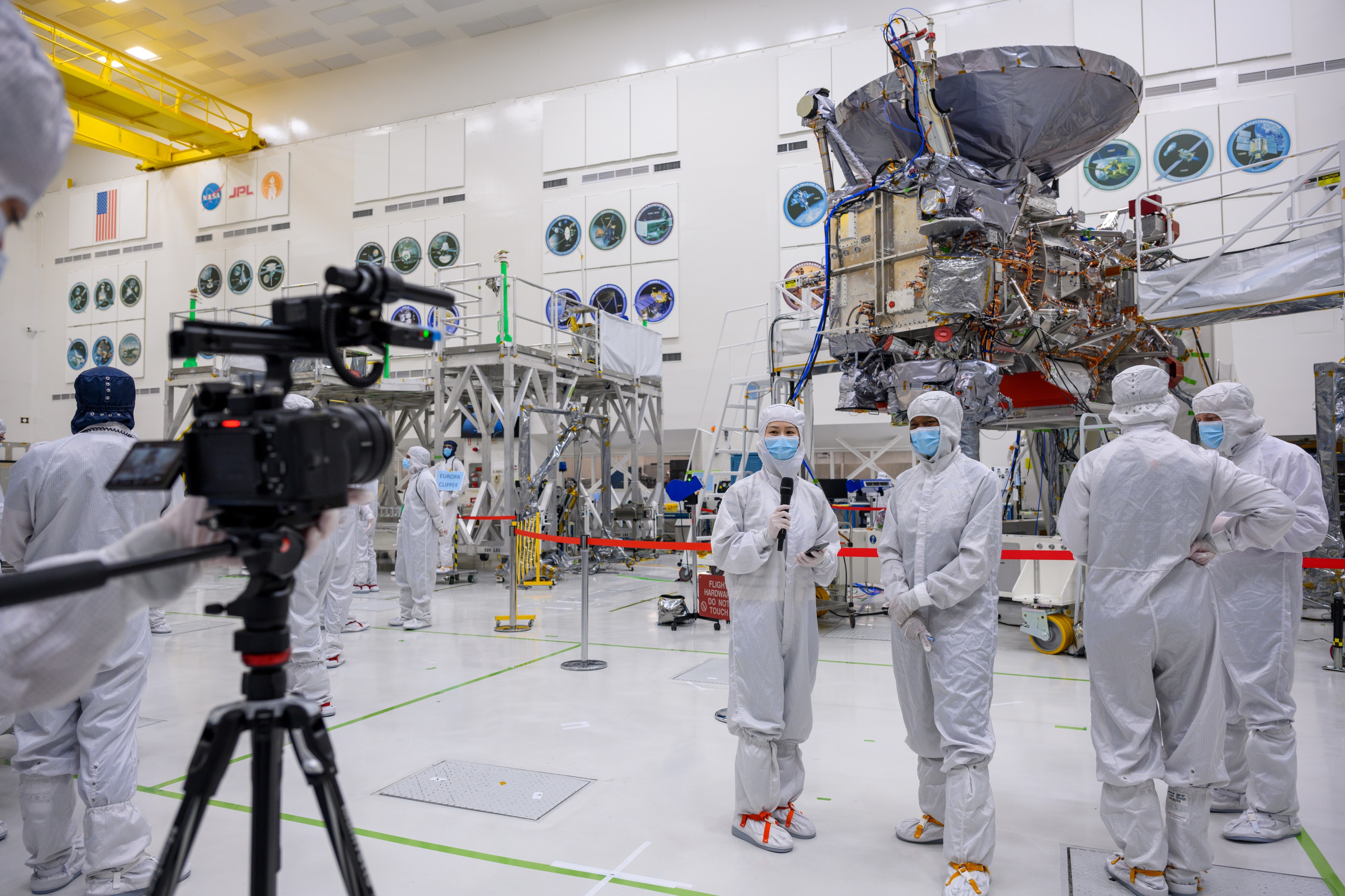3 min read
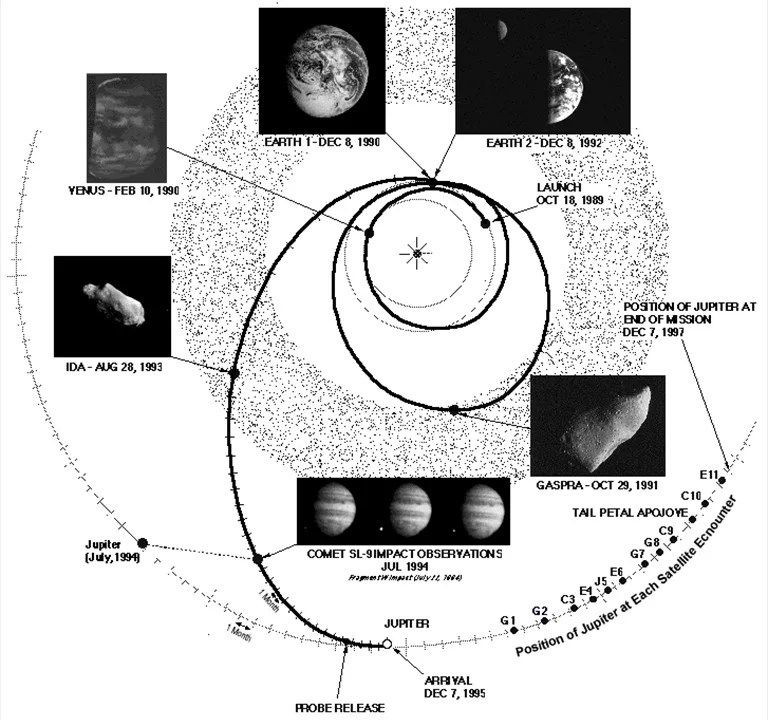
One of the first things taught in geometry is that the shortest distance between two points is a straight line. But in the case of the Galileo mission to Jupiter, the most efficient path is a six-year journey that initially headed toward Venus instead of Jupiter.
Galileo's flight path included one close flyby of Venus and two close flybys of Earth. Each of these flybys allowed the spacecraft to use the planet's gravity to accelerate Galileo to great speeds, rather like a slingshot. The exact flight path depends on how close Galileo flies to the planet, so navigation engineers work like expert billiard players, carefully liking up each maneuver and encounter so Galileo arrives right on target. Without the boost provided by these flybys, Galileo would have needed an extra 10,900 kg of propellant -- about 12 times more than was on-board at launch.
Galileo reached Jupiter on 7 December 1995. Along the way, it observed two asteroids, providing the first close-up views of these ancient remnants of the primordial solar system.
Close flybys and gravity assists were also used to enable Galileo to make a complex tour of Jupiter's mission -- and extend the project far beyond its proposed end in 1997. An additional 3,600 kg of propellant (about four times the total amount of propellant on the spacecraft at launch) would have been needed to fly its tour without the billiards-esque gravity assist technique.
What kind of rocket propellant does Galileo use?
Galileo's fuel tanks couldn't just be filled up at the local gas station, as the engines used monomethyl hydrazine for fuel. Fuel has to be oxidized (burned) in order to ignite. We don't have to worry about this on Earth where we are surrounded by an atmosphere containing oxygen, but an interplanetary spacecraft like Galileo has to carry its own oxidizer (Galileo used nitrogen tetroxide). Instead of pumps, the spacecraft used two separate tanks of helium pressurant that forced the fuel and oxidizer together into the combustion chamber. These two liquids are stored at about room temperature on the spacecraft. One valuable property of these liquids is that they burn on contact with each other, eliminating complicated ignition systems (such as spark plugs; Galileo didn't have access to a mechanic for regularly scheduled tune ups!)
How fuel-efficient are gravity assists?
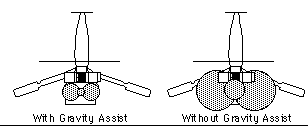
If Galileo had to fly to Jupiter (and then around the Jovian system) without gravity assists, the spacecraft's propellant tanks would have to hold at least 16 times more propellant!

